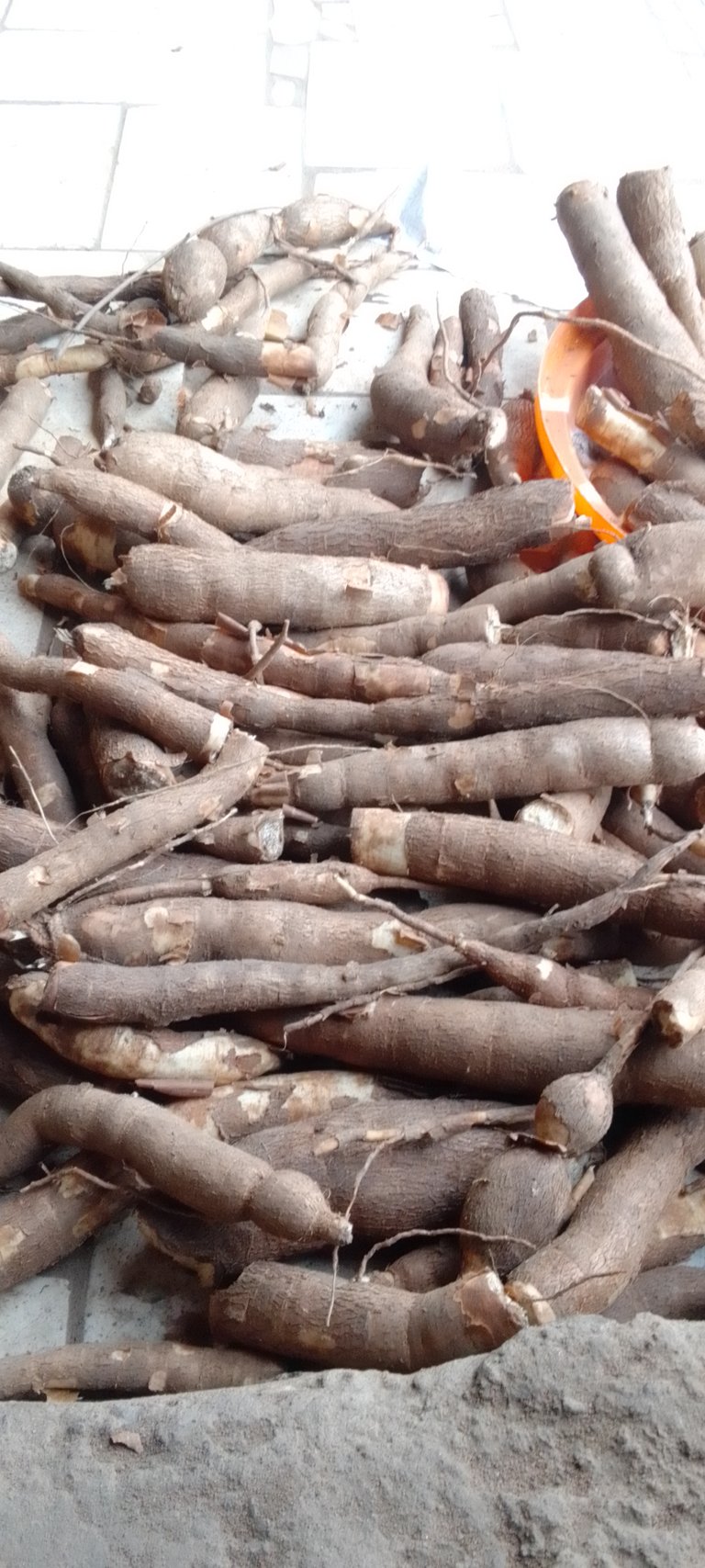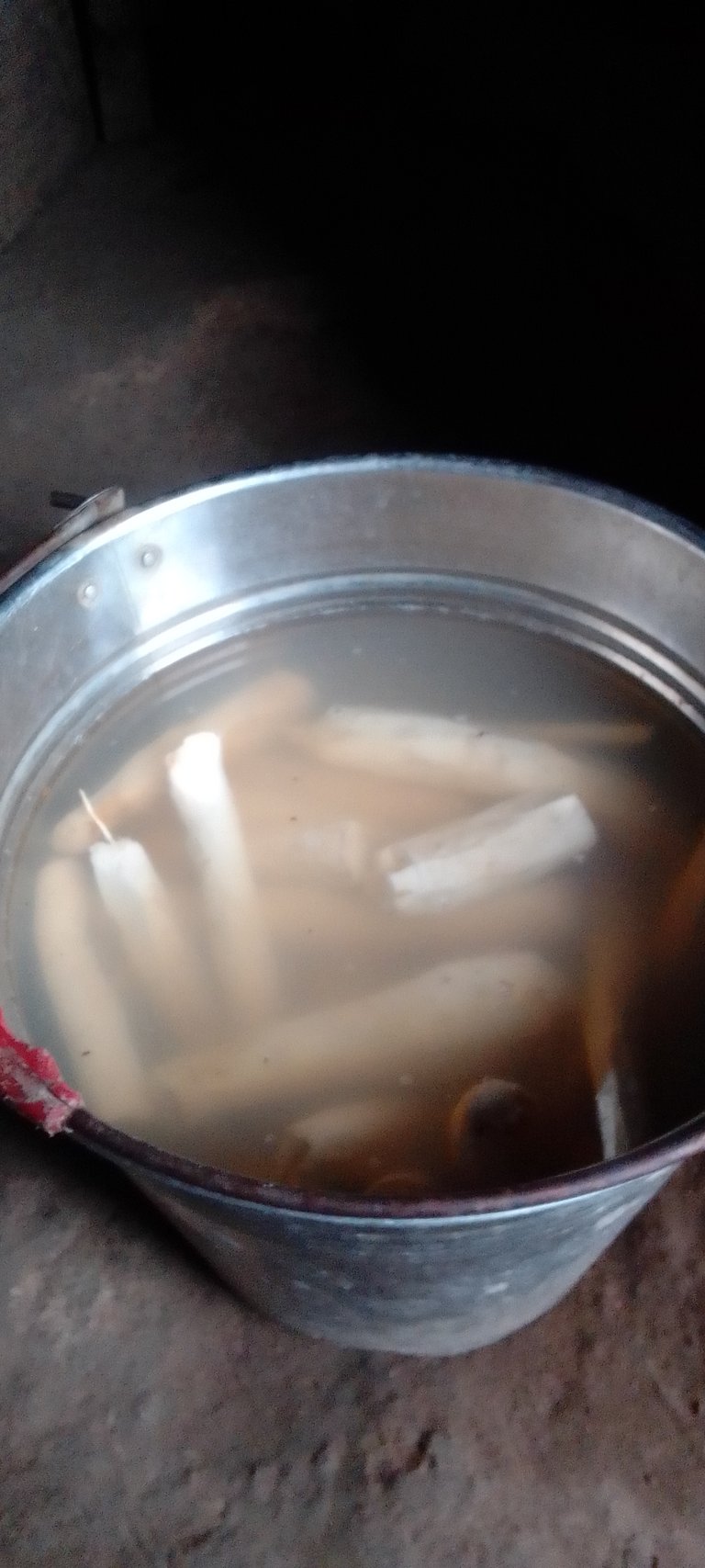Being born in the Yoruba tribe of Nigeria, I grew up in the native cultural setting of my people. I was raised and trained in the same cultural heritage. We have foods, clothings, festivities and lots more of those cultural heritage and norms. Most of these affiliations are not necessarily the best in the whole but it is sure what we grew up with and as such we tend to like them much.
Our tastes and choice of favorite foods or delicacies are usually influenced by the foods and delicacies which were common to us while we were young. We have experienced situations when people who tried to offer us a treat would buy us special delicacies from intercontinental eateries but these turned out to be unpleasant to us. This is not because the foods were not properly cooked. It is largely due to our background and what has accustomed us.
Amala
As a Yoruba girl, Amala was my favorite. It is still my favorite. I have loved it all along and will continue to love it. The only difference is that, being married to an Akwa Ibom man of the Ibibio tribe, I have also come to admire some of his core tribe foods. One of such is the fofo. Fofo and Amala are prepared from the same food stuff (cassava). Although _amala_can also be prepared from other root crops like water yam and potatoes.
The process of making Amala involves a few simple processes:
The root crop to be used for the amala is peeled and washed with water.
It is then soaked in water for about three days.
After it has soaked and fermented, it is drained and sun dried.
When it has sun dried properly, it is taken to the mill for grinding into powder.


These are the first simple steps in preparing Amala flour (we usually call it cassava flour or yam flour depending on the crop used in preparing it). This flour can be preserved under this state and it could last for some months if it was properly dried.
Preparing the meal involves some other simple steps:
Water is boiled with the for which the Amala will be turned.
After the water has started boiling, the flour will be added to the boiling water and stirred. The addition of the flour is done in bits while the stirring is uniformly done till the flour gelatinizes. Our Amala is ready. 😊
Gbegidi
Gbegidi is a popular soup among the Yoruba tribe. It is usually served with the amala. We use the gbegidi to swallow the Amala.
The ingredients for the Gbegidi_ include:
Beans
Water
Smoked or dried fish
Meat (chicken, beef, goat meat or anyone)
Palm oil
Salt
Pepper
Seasoning
To prepare Gbegidi soup, we take this few steps:
The beans will be boiled for it to soften. Beans are hard grains and as such requires a long time cooking with our traditional pots. These days the presence of a pressure cooker makes it easier and faster.
When the beans have softened, they are smashed into a liquor.
Then the ingredients are added and allowed to cook. Gbegidi is ready! 😀
Food is ready! 😂 Are you hungry? Please stop by and have a meal. That's how my favorite food is prepared. I hope one day you could have a taste of it if you haven't.
This post is in response to the #iucontest of this week. Share with us your own favorite food using this link
Thank you for reading my blog.
